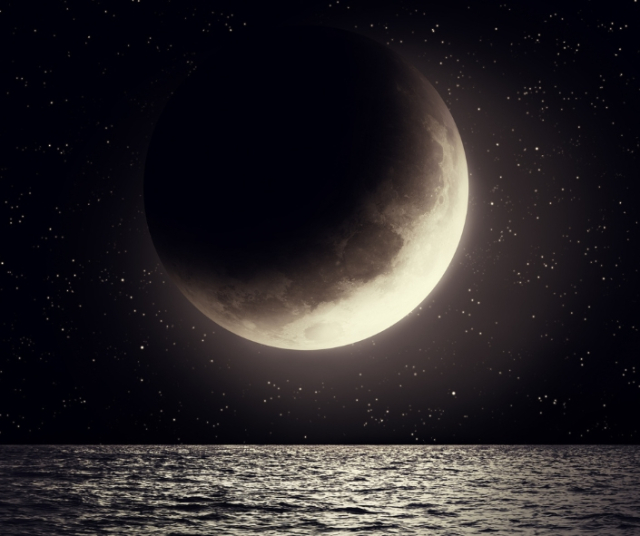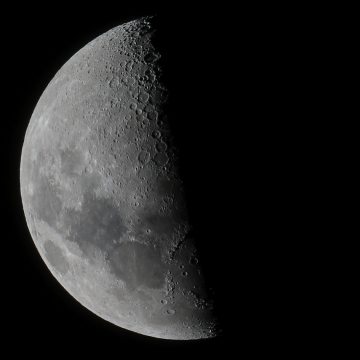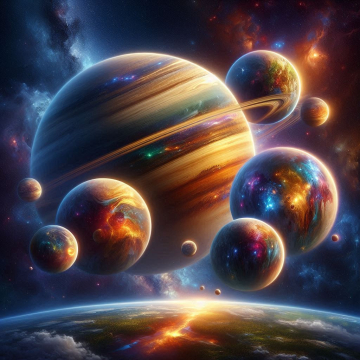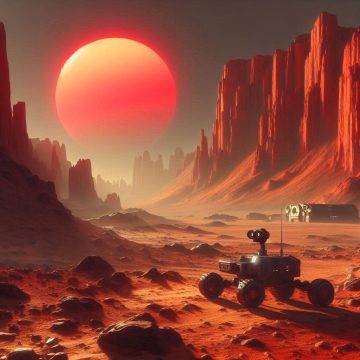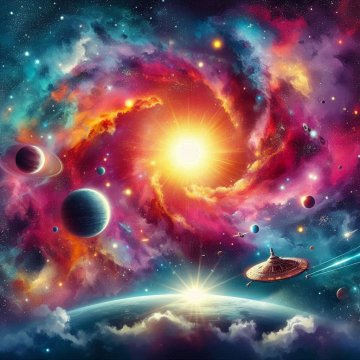The Moon, our natural satellite, has captivated humanity throughout history with its mysterious presence in the night sky. In addition to being a source of light in the darkness, the Moon provides us with a variety of fascinating phenomena that add a touch of magic to the sky. Join us as we explore some of the different lunar phenomena that occur in the sky, from lunar phases to eclipses, offering a glimpse of the celestial wonders that our nocturnal companion gives us.
Moon Phases: The Changing Ballet in the Sky.
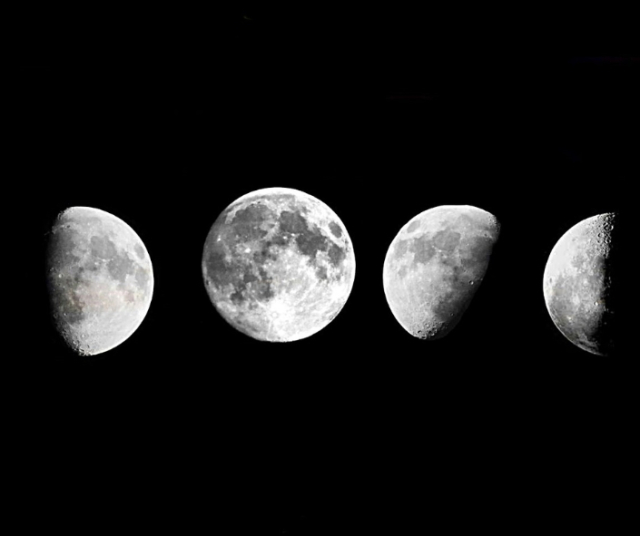
One of the most obvious and well-known phenomena of the Moon is its phases, regular changes in its appearance that result from its position in relation to the Earth and the Sun. Beginning with the new Moon, when it is not visible from Earth, we pass through the waxing phases until we reach the full Moon, and then we return to the waning phases. This approximately 29.5-day cycle creates a ballet in the sky, providing different views of the Moon throughout the month.
Blue Moon: The Oddity of the Second Full Moon.
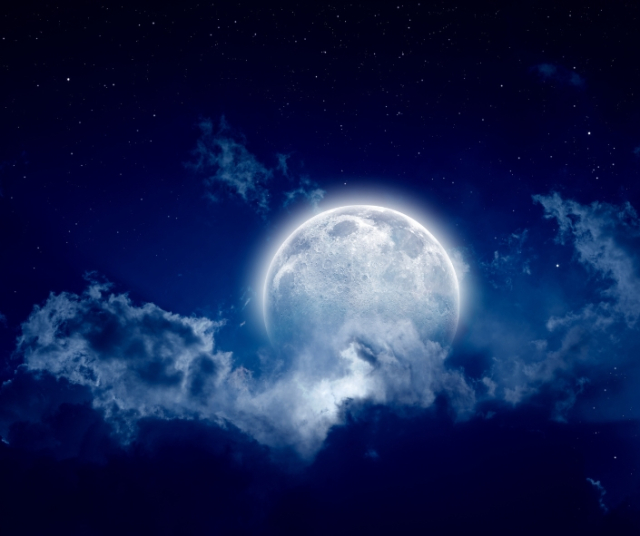
Although the term "Blue Moon" does not refer to the actual color of our satellite, it is used to describe the second full moon that occurs in the same month. Since the average lunar cycle is around 29.5 days, it occasionally aligns so that we have two full Moons in a calendar month. This phenomenon is rare and usually gives rise to expressions such as "once in a Blue Moon" to refer to something rare or exceptional.
Supermoon: When the Moon approaches the Earth.
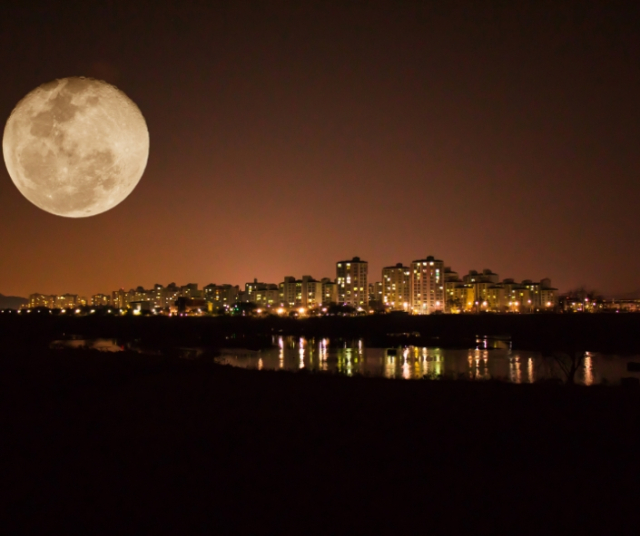
The term "Supermoon" is used to describe the phenomenon in which the full Moon coincides with its closest point to the Earth in its elliptical orbit. This makes the Moon appear larger and brighter in the sky. Although the differences in size are subtle and difficult to perceive with the naked eye, Supermoons have captured the public's attention and generated interest in observing this celestial event.
Lunar Eclipses: Shadows in the Night.
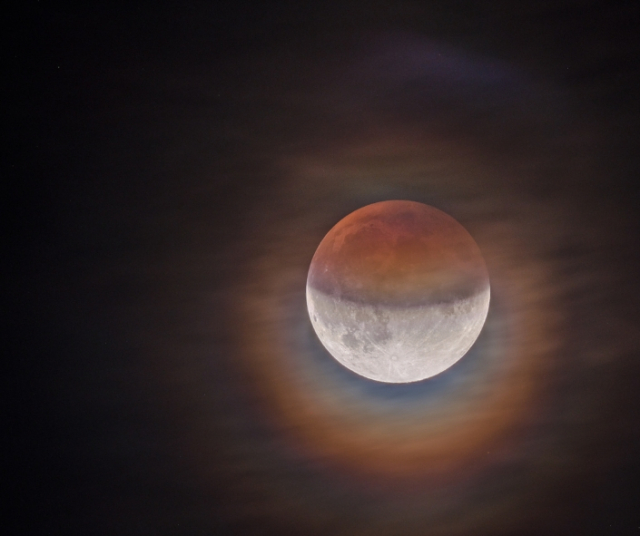
Lunar eclipses are impressive events that occur when the Earth passes between the Sun and the Moon, casting its shadow on the satellite. During a total lunar eclipse, the Moon takes on a reddish hue due to the scattering of sunlight in Earth's atmosphere, a phenomenon known as a "blood moon." Lunar eclipses are visible from anywhere on Earth where it is night during the event, making them celestial spectacles accessible to a global audience.
Penumbral Eclipse: Subtle Shadow on the Moon.
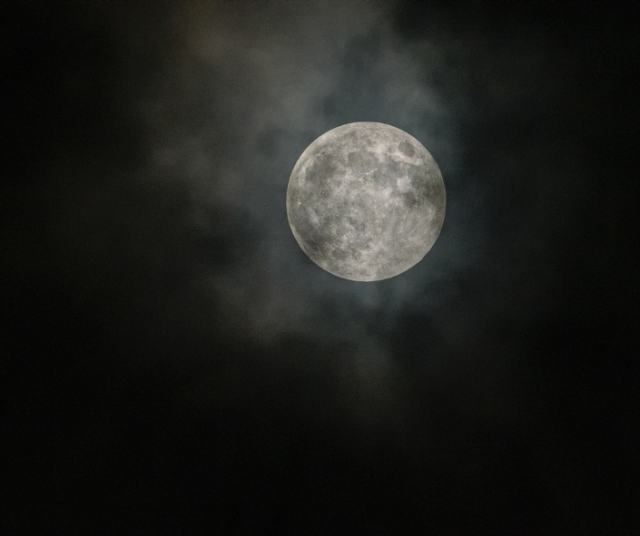
Unlike a total lunar eclipse, a penumbral eclipse is more subtle and less dramatic. It occurs when the Moon passes through the faintest part of the Earth's shadow, the penumbra. This phenomenon can result in a slight darkening of the lunar disk, sometimes barely noticeable. Penumbral eclipses are more difficult to observe compared to total lunar eclipses, but they still offer an interesting astronomical spectacle.
Lunar Rings: Game of Light and Shadow.
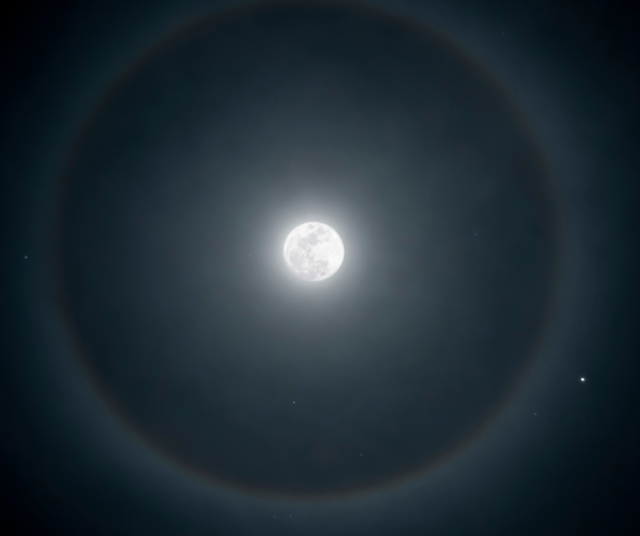
Lunar rings, also known as lunar halos, are optical phenomena that occur when light from the Moon is refracted through ice crystals in Earth's atmosphere. This process creates a luminous halo around the Moon, often visible as a diffuse ring. Lunar rings are fascinating examples of how the interaction of light and atmosphere can give rise to stunning visual phenomena.
Lunar X and V: Hidden Faces Revealed by Light and Shadow.
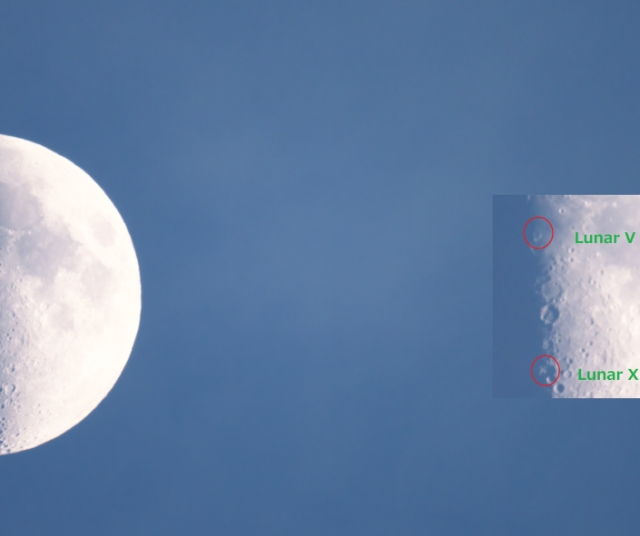
Lunar X and V are phenomena that involve the interaction of light and shadow on the lunar surface. Lunar X is a lighting effect that forms an "X" on the visible surface of the Moon, caused by the convergence of craters and mountain ridges. On the other hand, the Lunar V is a similar pattern, but in the shape of a "V". These phenomena are most noticeable during the first quarter lunar phase, when sunlight hits the lunar surface specifically.
Lunar Terminator: Division between Light and Darkness.
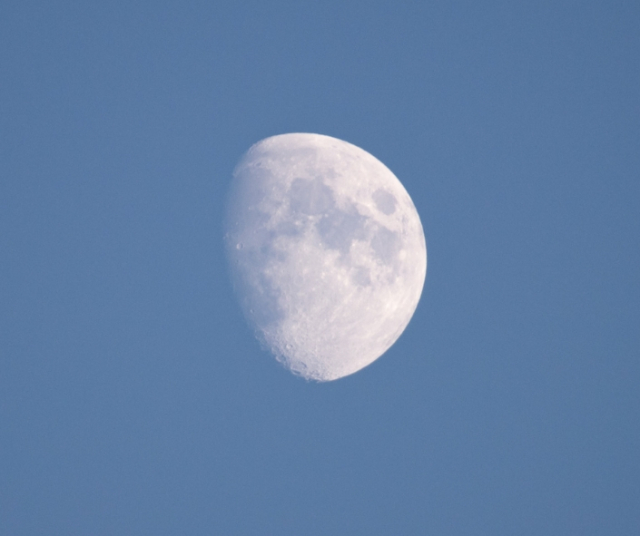
The lunar terminator is the line that separates the illuminated part of the Moon from the shadowed part. This phenomenon is especially interesting during the waxing and waning phases, when sunlight falls laterally on the lunar surface. During these moments, the details of the mountains and craters stand out dramatically, creating a visually striking lunar landscape.
Harvest Moon: The Magic of Autumn.
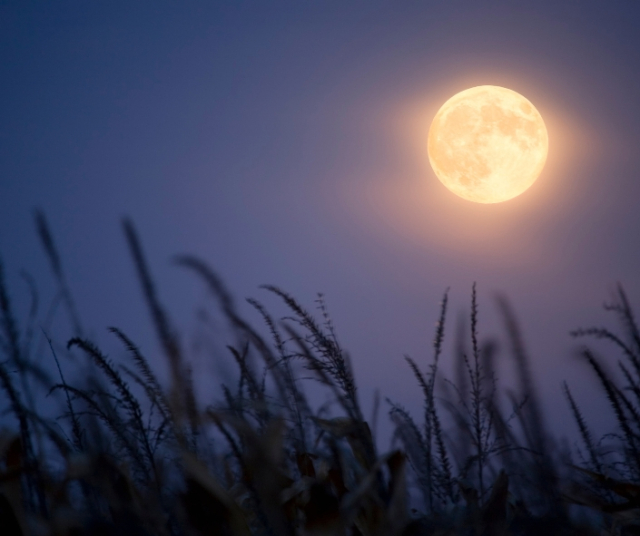
The Harvest Moon is the name given to the full Moon that coincides with the autumn equinox in the northern hemisphere. This full Moon takes on a golden hue and rises quickly in the sky after sunset. The Harvest Moon has traditionally been associated with harvest time and has inspired legends and rituals in various cultures.
Lunar Tidal Waves: Waves on the Lunar Surface.
Although lunar tidal waves are more subtle than terrestrial ones, they are an interesting phenomenon. These waves on the lunar surface are caused by the impact of asteroids or meteoroids that generate vibrations and ripples in the lunar dust. Through careful observation, astronomers can detect and study these effects to better understand activity on the Moon.
The Moon is a dynamic setting that offers a variety of celestial phenomena over time. From constantly changing lunar phases to more spectacular events like eclipses, each lunar phenomenon adds a touch of wonder and mystery to our nights. Whether observing a lunar eclipse as a community or enjoying the tranquility of a full Moon night, the beauty of these celestial events connects us to the vast universe that extends beyond our Earth's atmosphere.
